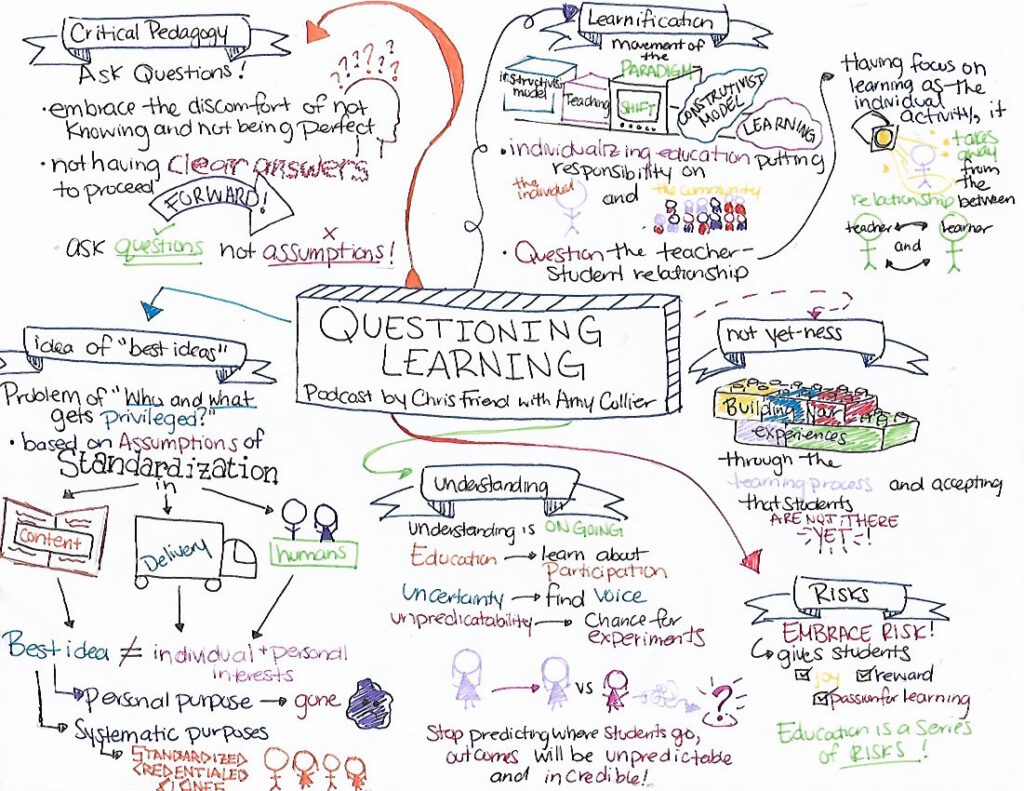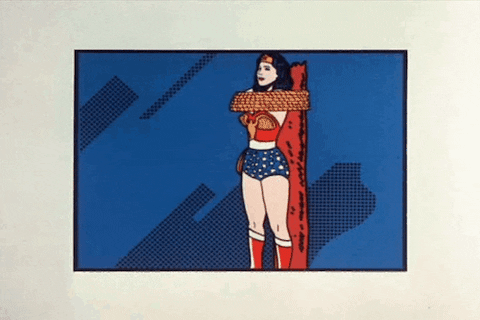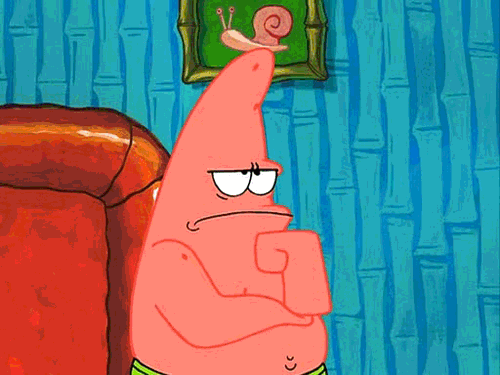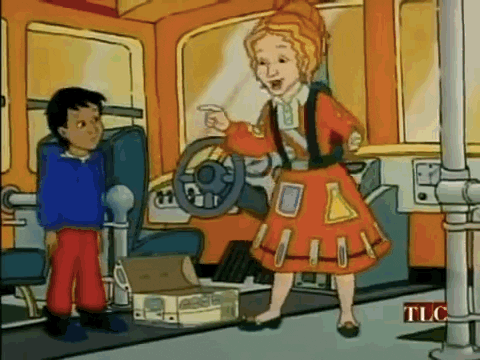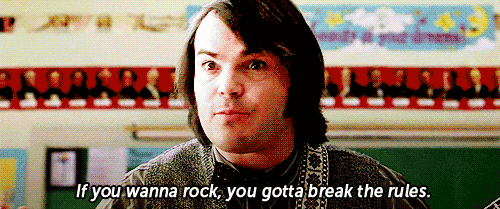I listened to Chris Friend’s interview with Amy Collier, “Questioning Learning”. The podcast talks about critical pedagogy and gets in depth with the importance with taking risks in the classroom. Amy Collier emphasizes when you standardize learning, it creates the idea of ‘best ideas’ which are based on assumptions from the class content, delivery, and the people in the classroom. It causes a lack of personal interest and individuality in the students and it creates one-size-fits-all model for students. To avoid this, Collier explains that students and teachers should be constantly asking questions about what kind of information is being given and how the information is delivered.
In addition, to avoid the notion of ‘best ideas’ teachers and students should focus on embracing the idea of taking risks in the classroom and coming to terms with the idea of discomfort of not having clear answers to move forward. That it’s the experiences of learning that build your understandings and prepare you for the incredibly unpredictable world that we live in.
When I listened to this podcast, it made me reflect on my time in school. I remember my early grade school days that consisted of the same routine of the teacher speaking, writing on the board, and giving out handouts. This kind of learning technique discouraged me from wanting to learn because it did not fit my style of learning. It was not until grade 7 that I had a teacher that constantly made us question the curriculum and made us realize that, as students, we have a lot of valid things to say. For me, she was the gateway of pushing the limits in terms of the curriculum, and that it’s okay to not be right or have answers all the time. I find that my experience is an example of when students and teachers embrace risk and uncertainty, it allows the students to be confident in what they learn and how they choose to communicate in the classroom.
For my artifact I chose to do a mind map because I believe it reflects the idea of how education shouldn’t be formulaic and linear. How the ideas and points should be free flowing, unexpected, and unpredictable, however, when done effectively it all comes together and makes sense. As I was making my mind map, I found myself over thinking the placements of certain points, however, once I let that anxiety go I embraced the idea of being unpredictable and it allowed me to experiment with the formatting of my mind map.
